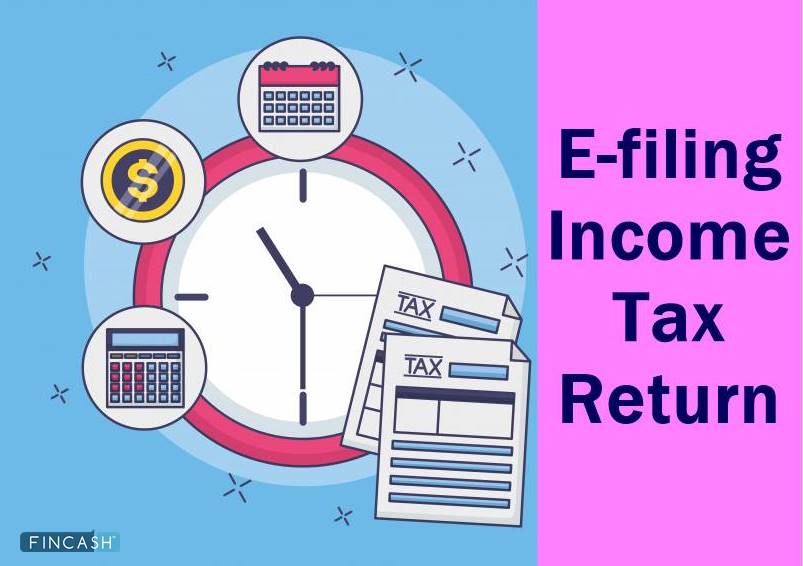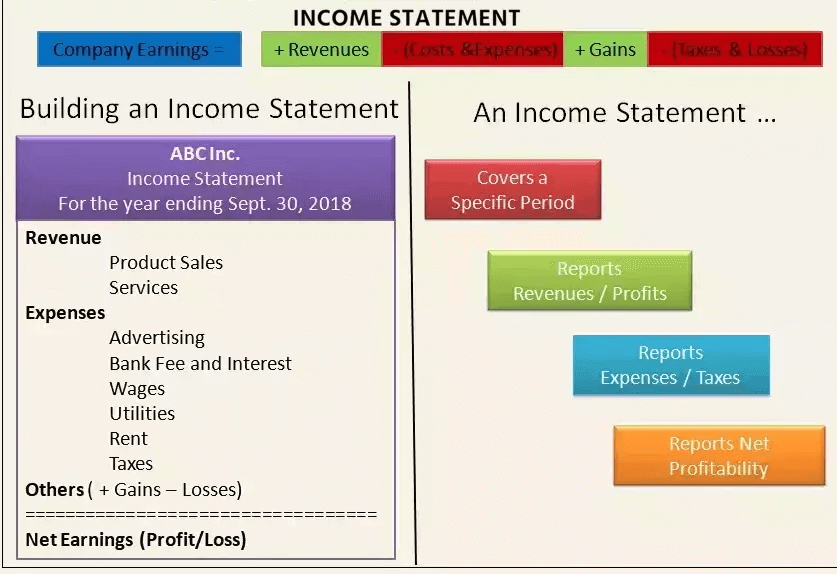
Table of Contents
Accrued Income
What is Accrued Income?
Accrued Income is revenue which has been earned, but not yet received. It is recorded as a receivable on the books. However, one should ensure that the accrued income should be entered in the Accounting period in which it arises, instead of entering in the subsequent period in which it will be received.

The income can be for any goods and services which is already provided, but the payment has not been made yet. At times, the income can also be applied to revenue generated for which the invoice is not issued by the entity yet.
In order to examine correct profit and loss at the end of the financial year, one needs to account for all the income and expenses of the accounting year. Therefore, accrued income, accrued expenses, outstanding expenses, income received, etc., need advance adjustments.
To calculate the total expenses and incomes, you have to add the income which is due, but not yet received during the year. And, also expenses which are due, but not yet paid during the year.
Talk to our investment specialist
Accrued Income on the Balance Sheet
In an accrued Receivables account, this entry is listed in the current assets section of the Balance Sheet. For better understanding, let's take an example.
Example of Accrued Income
Suppose, XYZ Company earns Rs. 10,000 of interest during April on bond investment, which will be paid by end of the year. In April, XYZ company record this entry:
| Debt | Credit | |
|---|---|---|
| Interest receivable | 10,000 | - |
| Accrued income | - | 10,000 |
At the end of the year, when interest is received, the company eliminates the amount of the interest income with a credit, and debits cash for the offsetting amount of cash payment.
All efforts have been made to ensure the information provided here is accurate. However, no guarantees are made regarding correctness of data. Please verify with scheme information document before making any investment.












